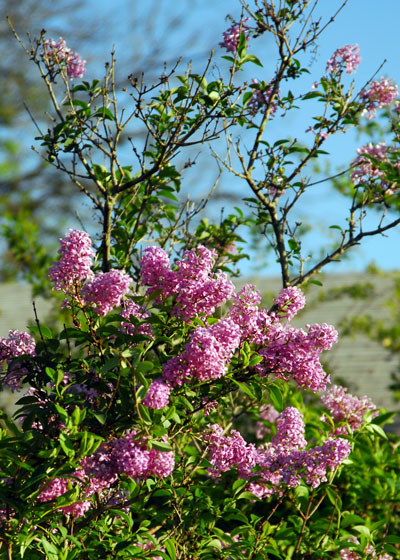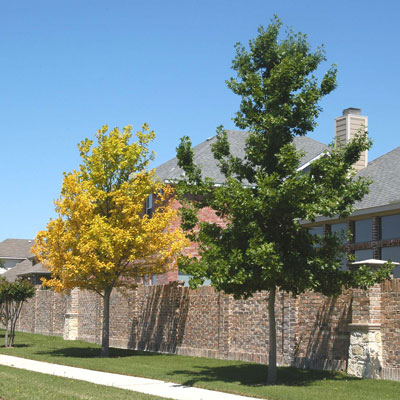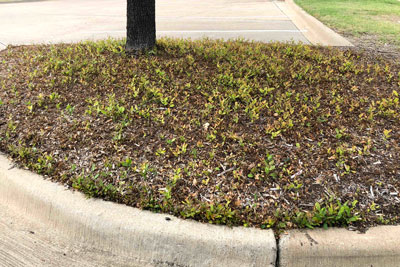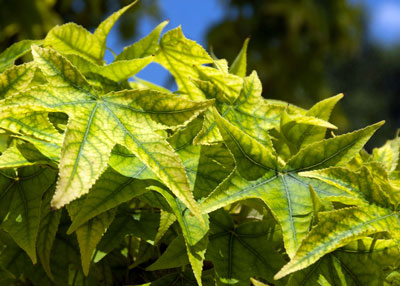Explaining plants’ behavior
Why does one plant struggle while another of the same species growing right beside it is robust and happy? I use a human comparison: plants are like kids. Most of us who are parents have found that they all behave differently. Here are a few questions I’m asked fairly often.

“I’ve grown lilacs and peonies in other parts of the country, but I can’t grow them in Texas. What’s the difference?”
That’s the easy question. You probably had much cooler climates in those other areas. Those are both plants that fade in the Texas heat. That’s why it’s critical that you do your homework first, then buy from a reputable full-time nursery professional whose advice will be reliable and applicable to your locale.

“Why does one plant in my landscape grow so slowly, when another one of the same species right across the sidewalk thrives?”
This addresses the original question directly. The plants might have been from different nurseries, and they could have found their way to the landscape having faced different challenges. The slower one might have gotten too dry and never recovered. It might have been root-bound at the time it was planted, with no corrective measures taken to help it become established. The vigorous one might have had better and deeper soil or better irrigation. There could be subtle differences in the amount of lighting the two plants receive. Or, as in the case of pin oaks and Shumard red oaks, although the plants look identical, there may be critical differences in their adaptability to your area’s soils or climate.

“Why does one live oak tree have root sprouts, while the one touching it does not?”
Genetic variability is the key factor here. Some of us are more prone to high blood pressure or baldness, or to colds and flu, while a sibling out of the same “nest” is not. Oaks grow from acorns, so the offspring will all be genetically different from the mother tree and from one another. Some varieties of crape myrtles are susceptible to powdery mildew. Others are not. Some tomatoes are bothered by nematodes. Others are not. Some live oaks put up root sprouts (not good!), while others do not. They are ultra annoying and there just isn’t much we can do about them other than sever them with a sharpshooter spade or keep them cut off. Ugh. These are just a few of the thousands of everyday genetic variations in the plants that we grow.

“Why do some of the cherry laurels in a hedgerow turn yellow, while others do not?”
Cherry laurels are very subject to iron deficiency. If you’re gardening in alkaline soils such as we have in the western two-thirds of Texas, you’re likely to see the characteristic yellow leaves with dark green veins, most prominently displayed on the newest growth first (ends of branches). The yellowed plant is probably growing in soil that isn’t as deep. Leave them all in place for a few years longer and you’re likely to see the problem show up on all the plants in the row. In this case, you need to change to another type of plant entirely.
